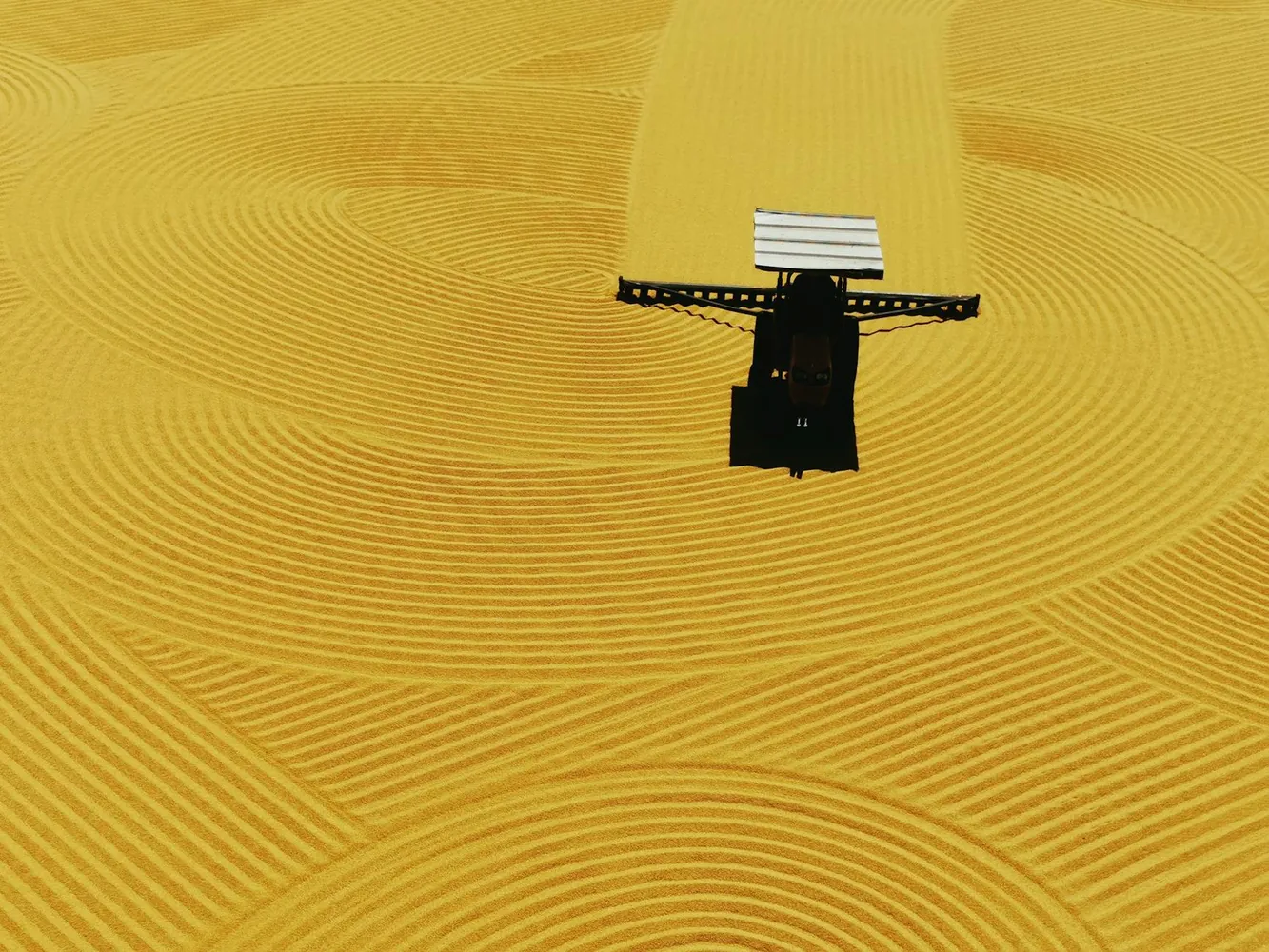Using IoT Technology for Precision Agriculture: A Step-by-Step Guide

Harnessing IoT for Smarter Farming
The integration of Internet of Things (IoT) technology into agriculture is transforming traditional farming practices into sophisticated, data-driven operations. Precision agriculture, enabled by IoT, allows farmers to monitor crop conditions and manage resources with unparalleled accuracy.

Why IoT in Agriculture?
With the global population continuously growing, the demand for efficient food production methods is more critical than ever. IoT technology helps farmers optimize their operations by providing real-time data on soil conditions, weather patterns, and crop health. This data can lead to higher yields, reduced waste, and improved sustainability.
Implementing IoT in Precision Agriculture
To effectively implement IoT in agriculture, it is essential to understand the steps involved in deploying this technology, from sensor deployment to actionable insights.
Step 1: Sensor Deployment
The first step in utilizing IoT for agriculture is the deployment of sensors across the farmland. These sensors collect a variety of data types, such as soil moisture levels, temperature, humidity, and light intensity. Selecting the right sensors depends on the specific needs of your crops.
- Soil Moisture Sensors: These are crucial for understanding the water needs of your crops and preventing over or under-watering.
- Temperature and Humidity Sensors: Monitoring these factors helps in disease prevention and optimizing growth conditions.
- Light Sensors: These help determine if plants are receiving adequate sunlight, crucial for photosynthesis.
For example, a vineyard may prioritize temperature sensors to prevent frost damage during critical growth periods.
Step 2: Data Collection
Once the sensors are in place, they begin collecting data continuously. This raw data is transmitted to a centralized system, often a cloud-based platform, where it can be stored and processed.
Choosing the right data management platform is essential. It should offer scalability, security, and user-friendly interfaces for easy access to information. Platforms like AWS IoT Core or Azure IoT Hub are popular choices for managing agricultural data.
Step 3: Analyzing Data for Actionable Insights
The core value of IoT in agriculture lies in analyzing the collected data to generate actionable insights. Advanced algorithms and machine learning models process the data to identify patterns and predict outcomes.
For instance, predictive analytics can forecast weather events or pest outbreaks, allowing farmers to take preemptive measures. Machine learning models can suggest optimal planting schedules based on historical data trends and current environmental conditions.
A Framework for Precision Agriculture
To leverage IoT effectively, farmers can follow this mini-framework:
- Identify Key Metrics: Determine which metrics are most critical for your crops' success, such as soil pH or ambient temperature.
- Select Appropriate Sensors: Choose sensors that will provide accurate readings of these key metrics.
- Establish a Data Collection Protocol: Set up a schedule for how often data should be collected and reviewed.
- Use Advanced Analytics Tools: Implement software solutions capable of processing large datasets and providing actionable recommendations.
- Create Response Strategies: Develop contingency plans based on potential insights (e.g., drought response plans if low soil moisture is detected).
Case Study: IoT in a Corn Farm
A mid-sized corn farm implemented IoT technology by deploying soil moisture sensors and weather stations throughout their fields. The data collected was analyzed using machine learning models to optimize irrigation schedules and predict yield outcomes.
The result was a 15% increase in yield and a 20% reduction in water usage, illustrating the tangible benefits of IoT technology in agriculture.
Challenges and Considerations
Despite its advantages, implementing IoT in agriculture presents challenges. These include high initial setup costs, data privacy concerns, and the need for technical expertise. However, government incentives and technological advancements are making IoT solutions more accessible to farmers worldwide.
It's important for farmers to start small, perhaps by testing IoT solutions on a section of their farmland before scaling up. Additionally, seeking partnerships with technology providers can alleviate some technical burdens.
The Future of IoT in Agriculture
The future of agriculture lies in smart farming techniques powered by IoT. As technology continues to evolve, we can expect even more advanced solutions that further enhance agricultural productivity and sustainability.
The continuous innovation in sensor technology, combined with advancements in artificial intelligence, will unlock new possibilities for precise resource management and crop monitoring.
Conclusion
The adoption of IoT technology in precision agriculture offers significant potential to transform farming practices for better efficiency and sustainability. By following a structured approach from sensor deployment to data analysis, farmers can harness the power of IoT to achieve improved crop management and increased yields.
 Modern Knowledge House
Modern Knowledge House